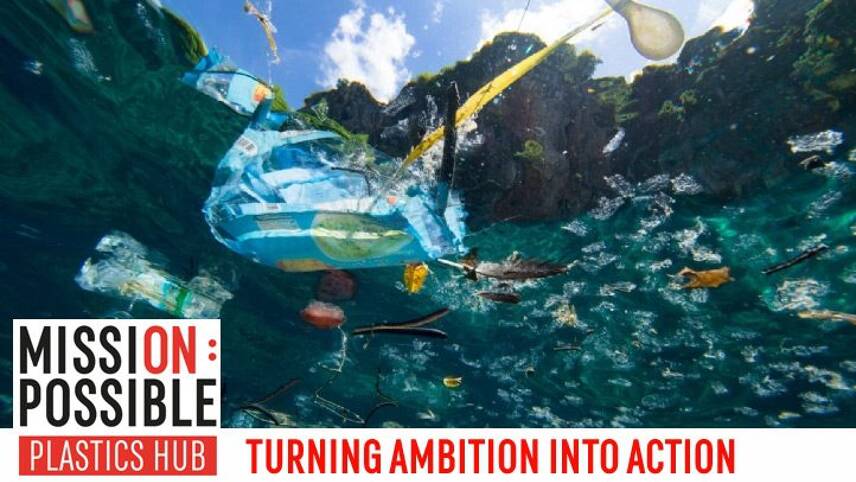Register for free and continue reading
Join our growing army of changemakers and get unlimited access to our premium content

edie rounds up the key facts from Rajapack's study into ocean plastic pollution
Undertaken by Bedford-based packaging firm Rajapack, the ‘swimming in plastic’ study explores how long some of the world’s most commonly used plastic items – including cups, straws and microbeads – take to decompose, and the impact they have on marine environments.
After the Ellen MacArthur Foundation’s warning that there will be more plastic than fish in the world’s oceans, by weight, by 2050, the study sheds some more light on which kinds of plastics are most commonly found in marine habitats, and how they affect biodiversity.
Specifically, it highlights the dangers of some of the common plastic pollution streams that are arguably less “visible” than packaging, such as discarded fishing equipment and microplastics.
“In recent years, brands in a multitude of sectors – food, retail and beauty, to name a few – have been taking measures to ensure that the amount of single-use plastics used daily is reduced,” Rajapack’s UK managing director Tom Rodda said.
“From microbeads to plastic straws, steps are being taken to ensure that packaging is recyclable, not harmful for the environment or removed altogether. But plastic is something that gets taken for granted and is often used without a second thought.”
The publication of the survey results comes shortly after a string of 26 companies from across the plastic industry’s value chain launched a new alliance aimed at eliminating plastic waste in the environment, which will invest at least $1.5bn in projects tackling the issue by 2024.
It also follows the launch of edie’s own Mission Possible Plastics Hub, a content-led campaign supporting businesses with their single-use plastics phase-outs and tracking progress towards their plastic targets.
With this in mind, the research acts as a snapshot of the harm our reliance on single-use plastic is doing to the environment, as consumer demand for action on the issue reaches a fever pitch. Here, edie rounds up the key facts.
edie’s Mission Possible Plastics Hub
This month, edie launched the Mission Possible Plastics Hub – a brand-new content-driven campaign that will support sustainability and resource efficiency professionals on our collective mission to eliminate single-use plastics.
In addition to hosting content that supports businesses with their single-use plastics phase-outs, the Mission Possible Plastics Hub will be encouraging sustainability professionals to submit new commitments to tackle plastic pollution on the Mission Possible Pledge Wall.
If your company has an existing plastics commitment, or if you’re planning a new commitment over the coming months, you can showcase it on the Mission Possible Pledge Wall.
— VIEW THE LATEST PLASTIC PLEDGES HERE —
(By submitting a pledge, edie readers are agreeing to the commitment, target date and expected benefits being published on the Mission Possible Pledge Wall, along with their name and job title. They are also agreeing to being contacted by a member of the edie editorial team, should any further information about their pledge be required.)
Sarah George











Please login or Register to leave a comment.